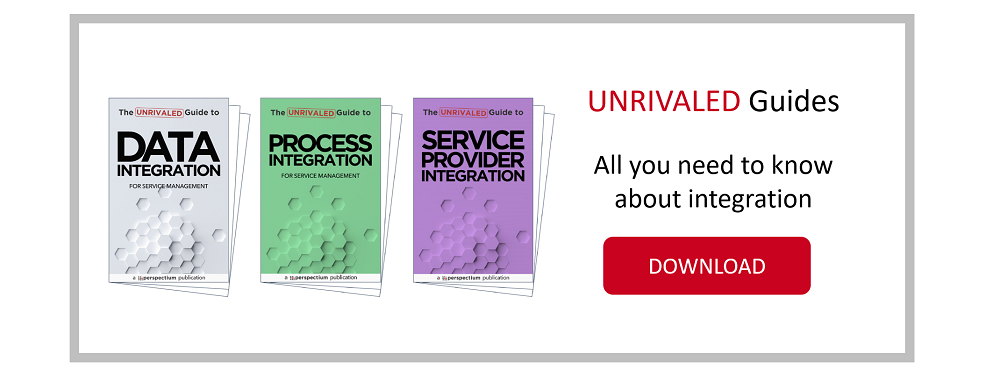Make ITSM Data Visible and Available for Better Service Management
Those responsible for service management realize that their processes don’t live in just one department or in one app. Their workflow extends across the organization. Having the right data in all the right places is crucial for visibility and for acting on accurate information.
Delivering Real-Time Visibility of ITSM Data
At these companies, total visibility of customers and the company is also dependent on combining data and bringing it into a data warehouse. When BI teams have the up-to-date ITSM data at their disposal, their reporting and analytics give them current and actionable insights.
Meanwhile, organizational work continues without interruption in the ITSM tool, thanks to data updates being pushed dynamically to the data warehouse. That is, BI teams can report from a database rather than from the ITSM tool, bypassing any crippling performance impacts to that tool.
Scaling to Meet New Integration Needs
As the organization grows, the number of apps and endpoints to integrate also grows. This expansion means that the integration strategy and any integration solutions must be scalable.
Being one of the largest communications and IT companies in the world, Fujitsu relies on integration solutions that let them connect quickly with a growing number of customers and other endpoints.
Watch this video to hear Carey Blunt explain how Fujitsu uses Perspectium to enhance their service management.
Video Transcript
Hi, I’m Carey Blunt from Fujitsu. I work as part of Fujitsu’s global service delivery unit, where I’m the Chief Architect for Service Management Tools. That means I’m responsible for our large ServiceNow managed service platforms and associated tools.
Fujitsu is the seventh largest information and communications technology company in the world, and the number one in Japan. We have about 140,000 employees, and we deliver to customers in over a hundred countries.
How Fujitsu Uses Perspectium
Fujitsu uses Perspectium for a number of specific use cases today. Specifically, we do ITSM-to-ITSM integrations, a lot of ServiceNow-to-ServiceNow integrations. But we also use it to extract data from our ITSM tools into data warehouses for the purposes of reporting.
In future, we’re looking to do more integration for DevOps and agile development. And of course, there’s always more ITSM tools out there.
And so Perspectium’s strategy of having more connectors for more products to make it as easy as possible to integrate with more things is something that we see is very valuable.
The Importance of Integration
Integration is really important to Fujitsu because it mirrors the complexity of the challenge we get from our customers. Our customers come to us with all sorts of business and technical challenges, most of which involve moving data from one place to another place, or integrating systems together.
And with the number of countries that we operate in and the number of customers we have, that’s a significant amount of workload. So integration is really an important part of everything we do.
Why Perspectium?
So we use Perspectium to overcome a bunch of challenges. Our customers want us to be able to integrate between things quickly.
We obviously want to do it at a low cost so we can give our customers the best possible price. And we want to make sure that the data is transmitted securely and safely and that we’ve got confidence that it’s going to get there 100% of the time.
Prior to Perspectium
Before we had Perspectium, we would build integrations ourselves kind of by hand using API integration methods—REST and SOAP, that kind of thing. We had a whole army of developers who were basically doing the analysis of the integrations, building them by hand, testing them, and then rolling them out live. And it took us an awful long time to do.
Integration as a Service
Having Perspectium means we can offer a better service to our clients, because it’s an “integration as a service” technology. The customer is interested in the outcome. They’re interested in the data getting between the two places. They’re not really interested in the technology, nor should they be.
What Perspectium does is take away all of that integration challenge and put it in an easily repeatable form, which gives us the outcome that the customer wants – without any of the technical complexity.
The thing I say to colleagues about Perspectium is that we now have a technology that means, I will be able to deliver an integration for a customer quicker than I ever could before, at a lower price than I ever could before. And that’s what they want to know because that’s what they want to tell Fujitsu’s customers.










